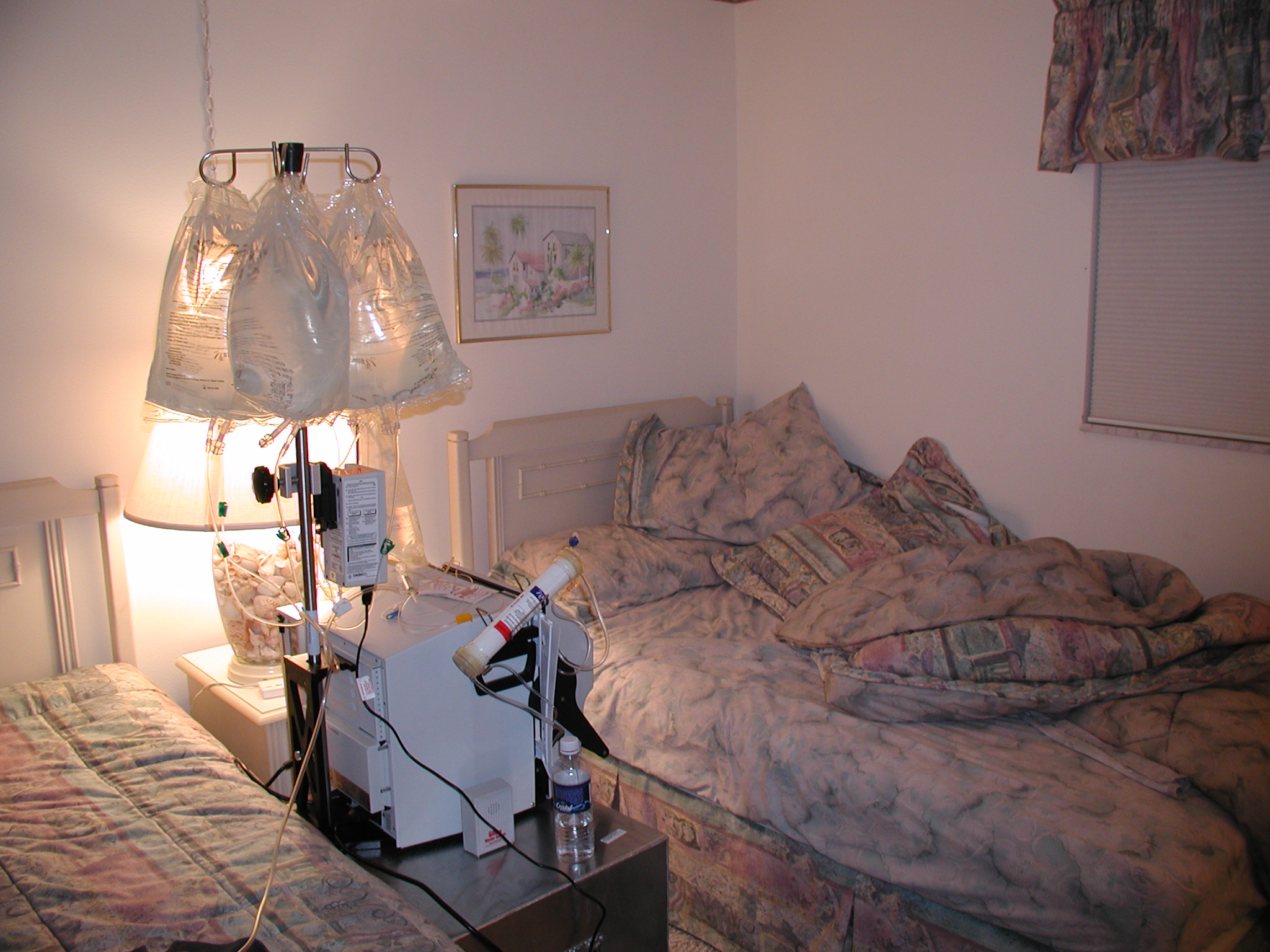Kidneys filter blood, remove waste, and regulate processes to keep everything functioning properly. When kidneys lose their ability to perform these tasks, treatment steps in to take over. Dialysis, a medical procedure that replicates the functions of healthy kidneys, is used for individuals with advanced kidney disease. Here’s how dialysis access, the entry point through which this process occurs, is an integral part of the procedure:
Replaces Kidney Function
When kidneys fail, waste and excess fluids can build up in the body, causing a dangerous imbalance. Dialysis helps prevent this by taking over the job of the kidneys. This requires a reliable access point into the body. While dialysis effectively manages kidney failure, having a proper access point is necessary.
These access points allow the dialysis procedure to be performed safely and consistently. People with kidney failure depend on dialysis to perform the functions their kidneys can no longer handle. Understanding this highlights the importance of having a reliable dialysis access.
Filters the Blood
Blood carries a mixture of nutrients, cells, and waste products from the body’s daily activities. When the kidneys stop working properly, toxins, excess water, and waste can build up in the body. Dialysis provides a way to filter these substances when the kidneys can’t. Proper access may reduce the risk of complications like electrolyte imbalances or fluid overload. Overall, dialysis access is helpful for effective treatment, enabling patients to remain healthy and alive.
Provides a Minimally Invasive Procedure
Creating dialysis access involves medical expertise but prioritizes patient comfort and long-term effectiveness. The procedure is minimally invasive, designed to establish a durable and reliable entry point while promoting recovery. Different options may be used depending on the patient’s needs and health condition.
A fistula is a typical choice for dialysis. This access involves surgically connecting an artery to a vein, thereby promoting improved blood flow. A graft, another option, uses a soft tube to connect a vein and artery when veins are unsuitable for a fistula.
Once the access point is established, patients receive regular monitoring from healthcare providers to make sure the site remains operational and safe. Maintaining access over time is a collaborative effort between patients and medical professionals. Following guidelines for care, staying alert to signs of infection, and undergoing routine checkups are typical ways to keep the access point in good condition.
Plan Dialysis Access Today
For individuals with kidney disease, dialysis offers a means to maintain health when the kidneys lose their ability to function. At the center of this process is dialysis access, a carefully created point that supports the removal of waste and excess fluid from the body. Whether it involves a blood vessel in the arm or a connection placed in the abdomen, establishing access is a key step in preparing for dialysis treatments. If you are living with kidney disease and need to explore dialysis options, reach out to your healthcare provider to discuss the next steps. Speak with your care team today to make an informed decision about the right dialysis access for you.


